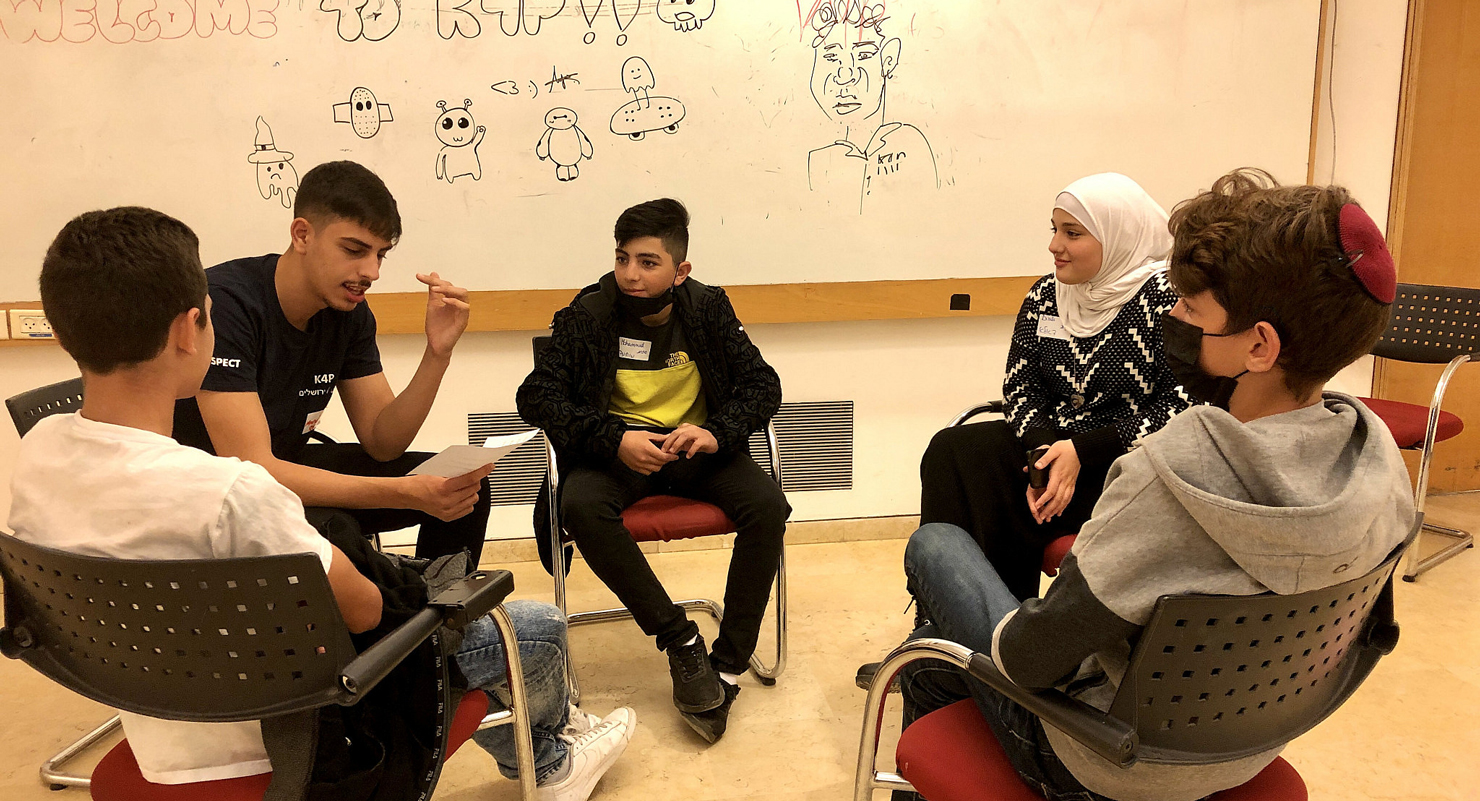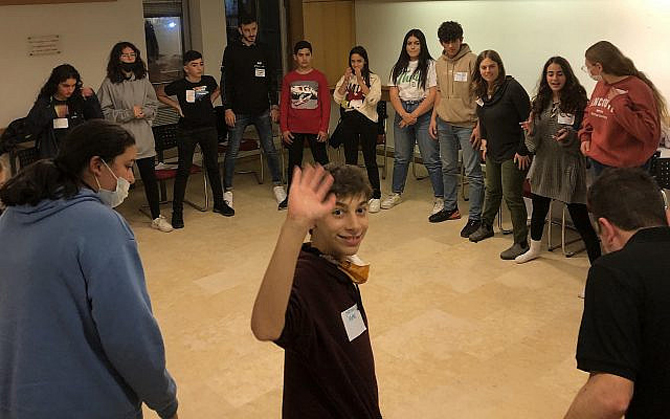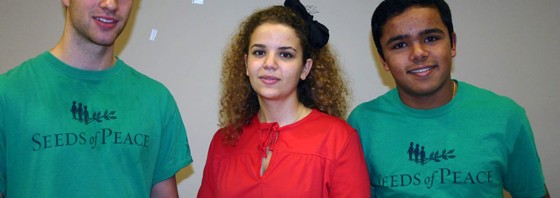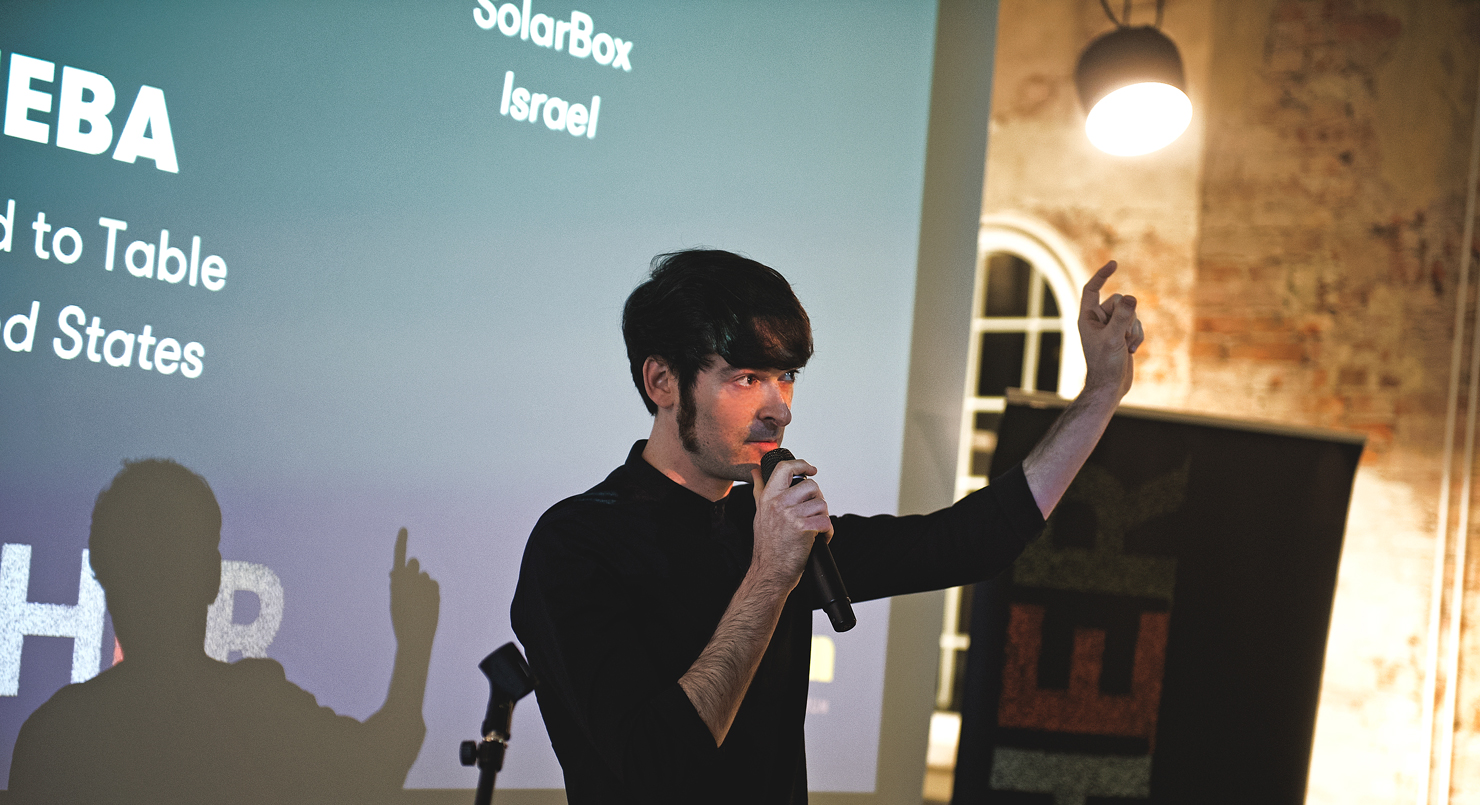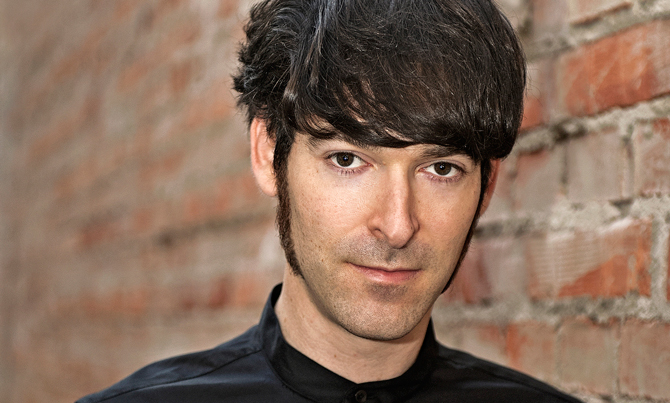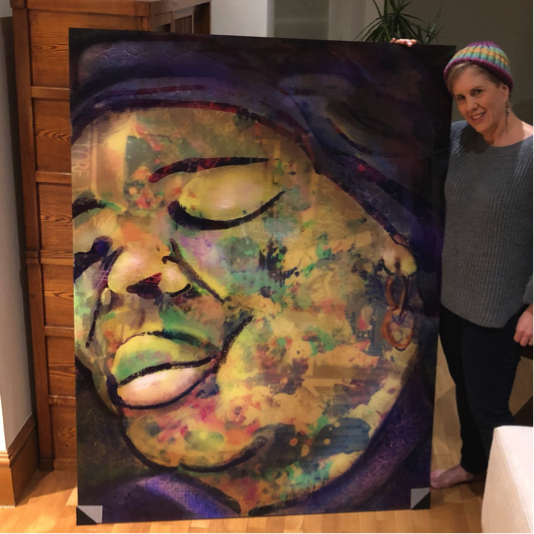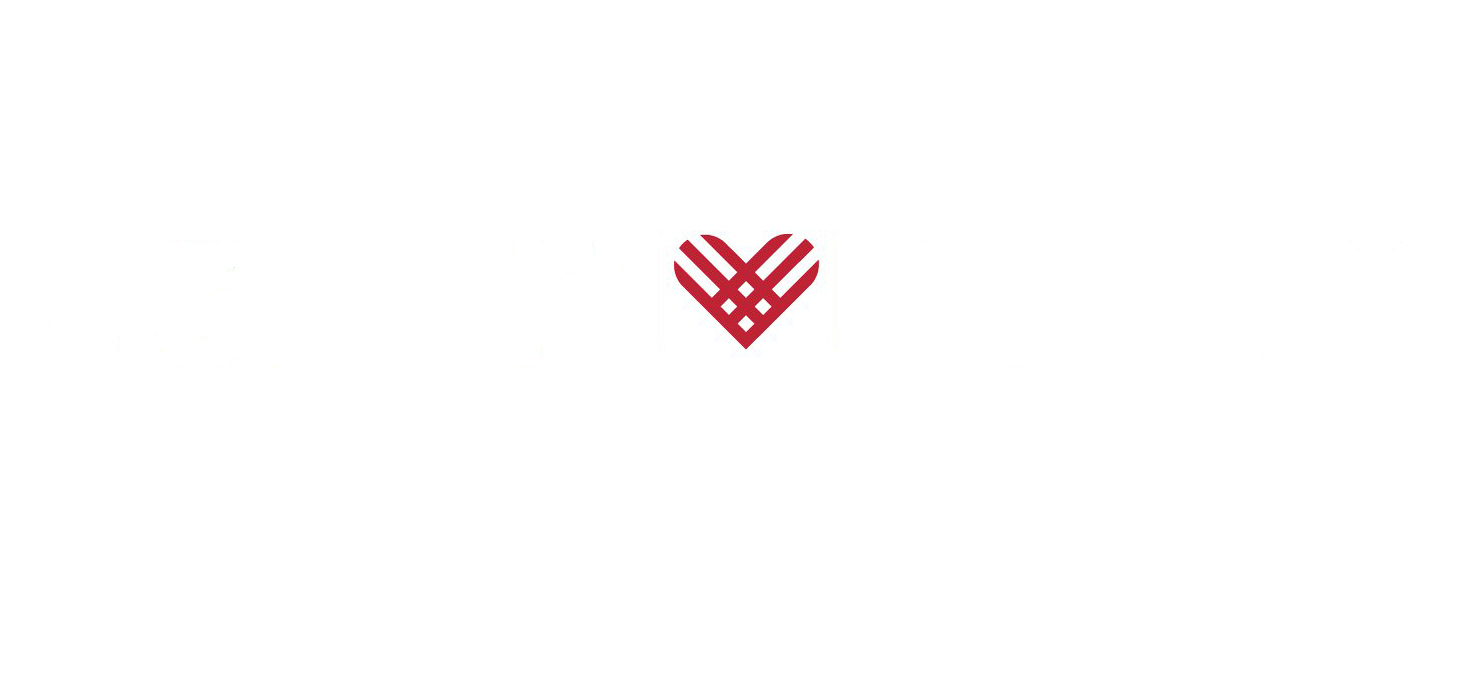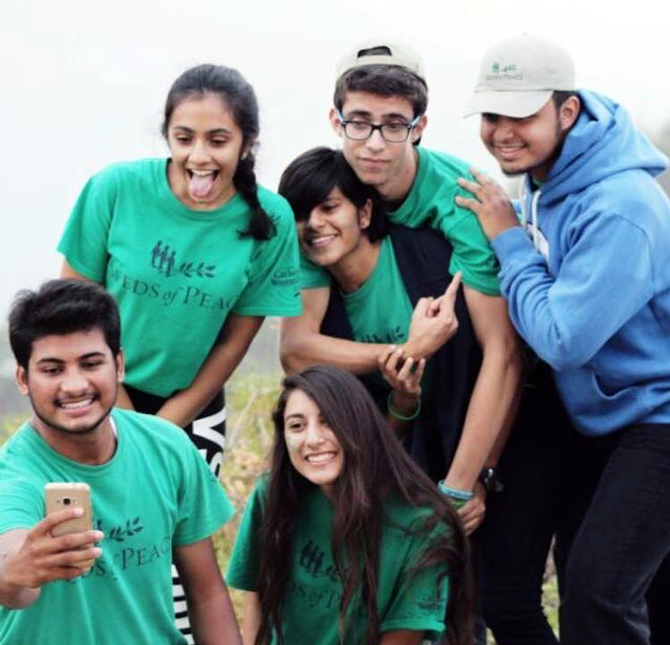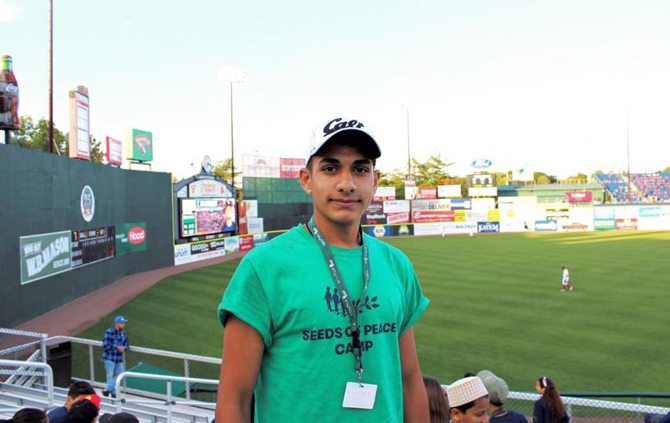“Out Beyond ideas of wrong-doing and right doing, there is a field. I’ll meet you there.” -Mevlana Jalal e-Din Rumi, philosopher
BY BILLY GOLDBERG | The world is far from perfect. People are murdered, including young children and infants, because of the nation they call their home or the greater being they call their G-d. Even though terrible things like this occur, this “field” Rumi the philosopher spoke of does exist. I know, because I’ve been there.
The “field” is a summer camp called Seeds of Peace, located in the tiny city of Otisfield, Maine. Founded in 1993 by the late journalist John Wallach, Seeds of Peace is a place where teenagers from regions of conflict around the world come together with the same hope, to one day live in a world without violence.
The camp is a detoxification process, Wallach said, for the hatred that has infiltrated our world. He taught that it isn’t about working miracles. Instead, it’s about taking the time to find out that the enemy has a face.
Every summer, teenagers come from Israel, the West Bank, Egypt, Jordan, Morocco, Pakistan, India, Afghanistan, Albania, Bosnia, Croatia, Cyprus, Greece, Kosovo, Macedonia, Montenegro, Qatar, Serbia, Tunisia, Turkey, Yemen, and the U.S. to meet at the campgrounds. Last summer, I had the opportunity to attend.
During each of the two three-and-a-half week sessions, about 160 teenagers come together to play, talk, yell, cry, laugh and learn. No subject is closed for discussion. Seeds of Peace doesn’t shy away from tough arguments about what is happening in the world today. Instead, it promotes the chance for people with completely different ideologies to try to understand the other side. And the process works. Within a matter of days, for example, I witnessed Israelis and Palestinians opening up to each other about how their lives have been changed by conflict and violence. Indians and Pakistanis spoke to one another with utter honesty about issues of territory and freedom.
I tried to absorb as much information as possible. I knew that what I was hearing and witnessing was something few others get a chance to experience. One discussion from camp still stays in my mind, especially in light of the recent suicide bombings in Tel Aviv. A group of us—two Israelis, two Palestinians, an Egyptian and I—were talking about a suicide bombing that had just occurred in Israel. The conversation became very intense.
One of the Israelis, in tears, yelled to one of the Palestinians, “Tell me that you want peace. I need to hear you say that you don’t want these bombings to continue!”
The Palestinian stood there for a minute and then he said, “I want peace just as much as you do.”
Many might think that Seeds of Peace is a purely idealistic organization that cannot possibly create a lasting effect. I do not agree. Seeds of Peace targets young adults who will eventually have a part in shaping history. Any effort to do this is not only realistic; it is imperative.
After 10 summers of Seeds of Peace, the world is not yet cured. Hatred and ignorance still exist. Until they are gone, we still can all meet in the “field.”


